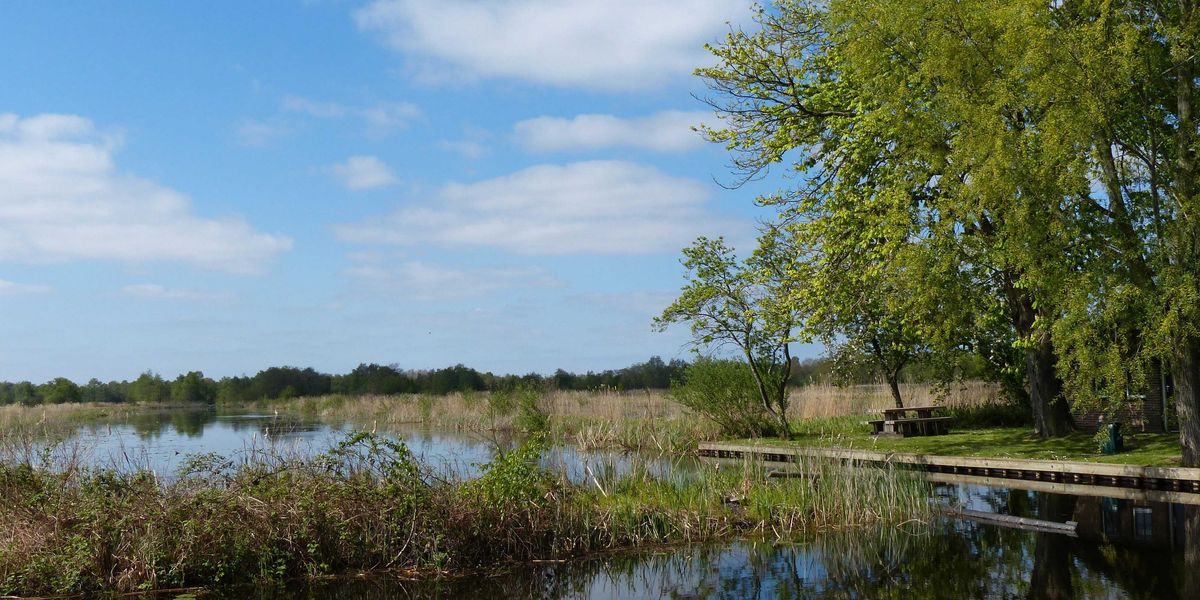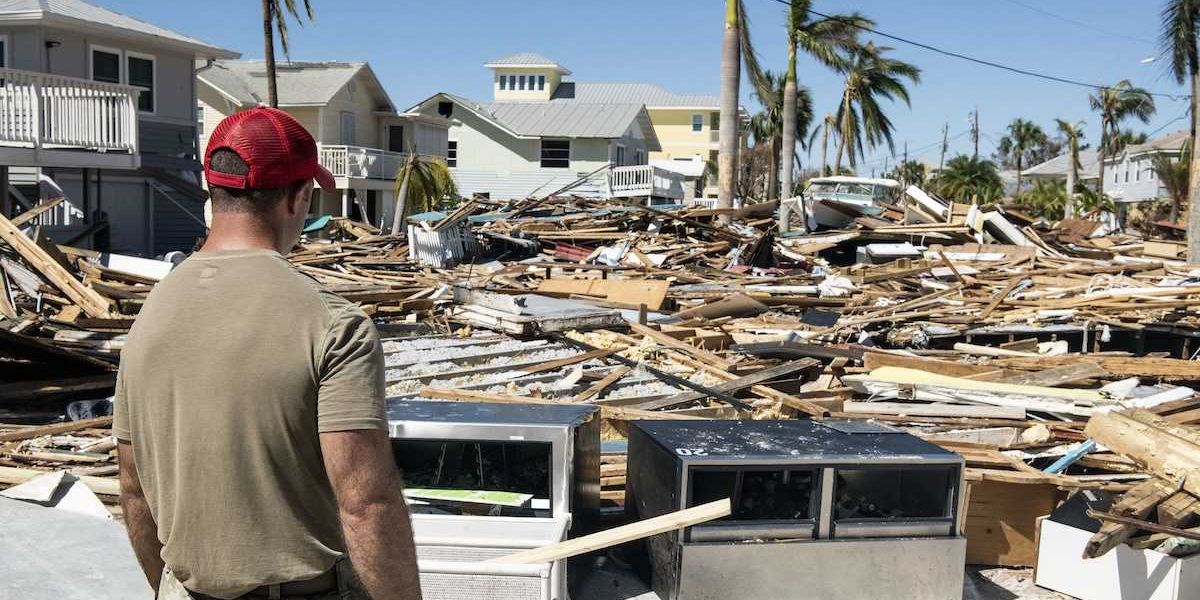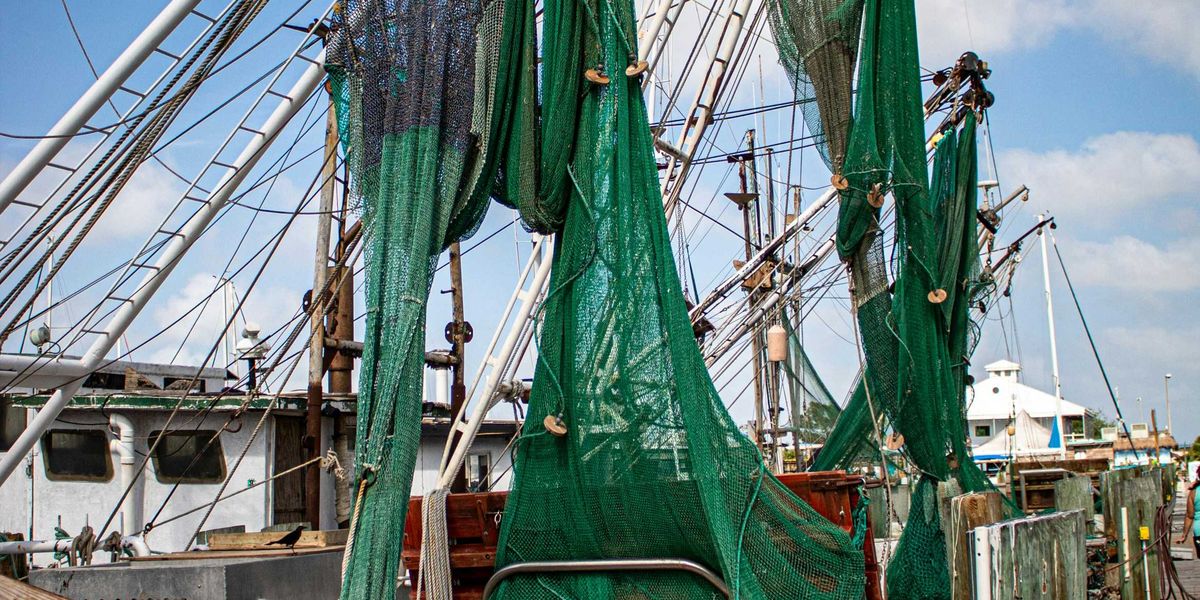We're hiring! Looking for a director of audience solutions
We want enterprising, creative solutions to engage our audience and advance our work bolstering scientific literacy
From the beginning we have aimed to drive good science and journalism into public discussion and policy on our environment and health. Our mission: Get accurate, impactful, nonpartisan information to the public, allowing them to act with confidence, speed and foresight.
Environmental Health Sciences is a nonpartisan, nonprofit news and science organization.
We seek an experienced Director of Audience Solutions to advance our work bolstering scientific literacy. We need help equipping and motivating citizens to safeguard their environment and health. The director will integrate our work and an understanding of EHS audiences to open channels for our team to engage with our audiences in thoughtful, meaningful and surprising ways. The ideal candidate will have a firm grasp of market trends, audience engagement and analytics, and the media landscape. The director must be adventurous, entrepreneurial, and agile.
Why join us?
We exist in the rare space between journalism and science. For 17 years we have pushed science forward on environmental health. For a decade we have existed on the cutting edge of nonprofit news. We embrace individuals from diverse professional and personal backgrounds in an ongoing effort to create a comprehensive and collaborative team driven to support not only our mission but one another. We're looking for impact and change.
What you'll do
- Identify opportunities to turn our work into on-the-ground change. Document that impact, and work with EHS staff to integrate this into all activity.
- Participate in project generation from the beginning to help create benchmarks and impact points.
- Engage in social media listening, via TBD software platform(s), to analyze and influence the most influential conversations.
- Shift the conversations, and show just how we've done so.
- Extend our story life, reimagine metrics and economics.
- Identify ways we can truly engage with our audience, in fresh and meaningful ways.
- Make a difference. Help us experiment and engage. Our culture is defined by grit, integrity. Help us add innovation.
What we need
Passion, first and foremost. Creativity – an ability to think widely, to live over the horizon, to dig deep and drive initiatives that move the needle
Hunger to make a difference and change lives
Initiative to take on and create opportunities
Insight of social media and analytics, yes, but also of human behavior, market trends, economics, journalism. A familiarity with at least one of the various social media listening tools on the market is important; we're leaning toward NUVI, but we want you to tell us what tools you need.
An ability to work well with others. We're a small but tight group.
The unexpected. We don't have all the answers, and if you've got ideas but don't fit the description above, sell us on them.
We are driven by our values. And we value our people
We offer a competitive compensation and comprehensive benefits package, including health and wellness benefits, retirement plans, as well as work-life balance flexibility and opportunities for career development.
If this sounds exciting
We want to hear from you.
Send your résumé and a one-page cover letter explaining why you'd be a good fit. And we would like a short, one-page memo describing how you would approach this work: How would you reshape how we deliver news and engage on science? What benchmark(s) would you use, and how would you measure impact? What software or tools would help your work - and why? We have some ideas, but we want to hear from you.
Send your packet via email to Douglas Fischer, executive director, Environmental Health Sciences, at dfischer@ehsciences.org. We close the search on Nov. 15.
The job is full time and includes benefits. We are a remote workplace with staff and researchers in Montana, Virginia, Michigan, Georgia, Oregon, New Mexico and Pennsylvania. You just need to live in the United States.
For more about The Daily Climate, see our "about us page"













